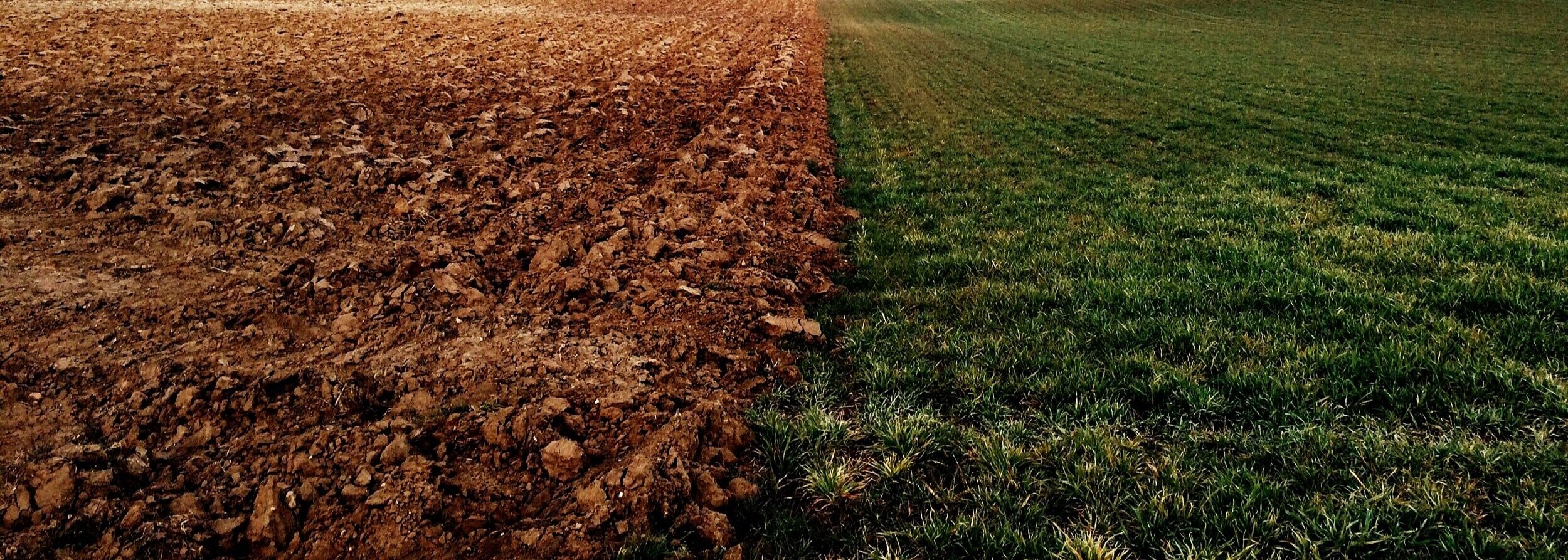

Soil Carbon
Approximately two-thirds of the total increase in atmospheric carbon dioxide (CO2) is a result of the burning of fossil fuels, with the remainder coming from soil organic carbon loss due to land use change (Lal 2004).
Despite the much larger size of the oceanic carbon pool relative to the soil carbon pool, the rate of exchange between the atmosphere and the soil is estimated to be higher than that between the atmosphere and the ocean (Ontl and Schulte, 2012). As a result, increasing soil carbon storage as one of the options to mitigate climate change has been widely accepted.
In Australia, agriculture and forestry can make a major contribution to lowering our greenhouse gas emissions by increasing the amount of organic matter entering the soil or by reducing CO2 losses. Any agricultural management practice that enhances productivity and returns plant residues to the soil, increases soil organic carbon. These practices include no till, crop rotation, and retailing crop residuals (Jarecki and Lal, 2003).
Soils under pastures tend to have higher soil organic carbon than cropped soils because they have a higher root-shoot ratio than many crops, soils are nor disturbed and have lower rated of decomposition. Perennial pastures may increase soil carbon storage in deeper soil with their extensive deeper roots system while annual pastures may increase more of surface soil carbon storage because they return their entire shoot and root biomass to the soil every year.
Empowering Farmers to Adopt Behaviour Change in a Carbon Economy (2012-2015) – South Coast NRM
This project, funded by the Australian Government’s Action on the Ground Program, trialled and demonstrated on farm practices to increase the sequestration of carbon and mitigate soil carbon loss on the south coast by inspiring farmers through demonstration and extension to adopt simple practices that will make their farming enterprises more profitable and sustainable.
Jump over to our case studies section to read some awesome stories about soil carbon, ones to watch for are:
The Magic Number
Soil Health in Blue Gum Reversion
Cropping into Kikuyu
Built for this Country
YouTube Videos
Salt and Samphire
Built for this country
Microbes in the classroom
For more information
Increasing Soil Organic Carbon fact sheet
(NSW Department of Primary Industry)
A farmers guide to increase soil organic carbon under pasture
(NSW Department of Primary Industry)
Soil Organic Carbon in Western Australia
https://www.agric.wa.gov.au/managing-soils/soil-organic-carbon-western-australian
(Department of Primary Industries and Regional Development)
References
Lal (2004) Soil Carbon Sequestration Impacts on Global Climate Change and Food Security. Science 304 (5677):1623-7
Ontl and Schulte (2012) Soil carbon storage. Nature Education Knowledge 3(10):35
Jarecki and Lal (2003) Crop management for soil carbon sequestration. Critical Review in Plant Science. 22(5):471-502
